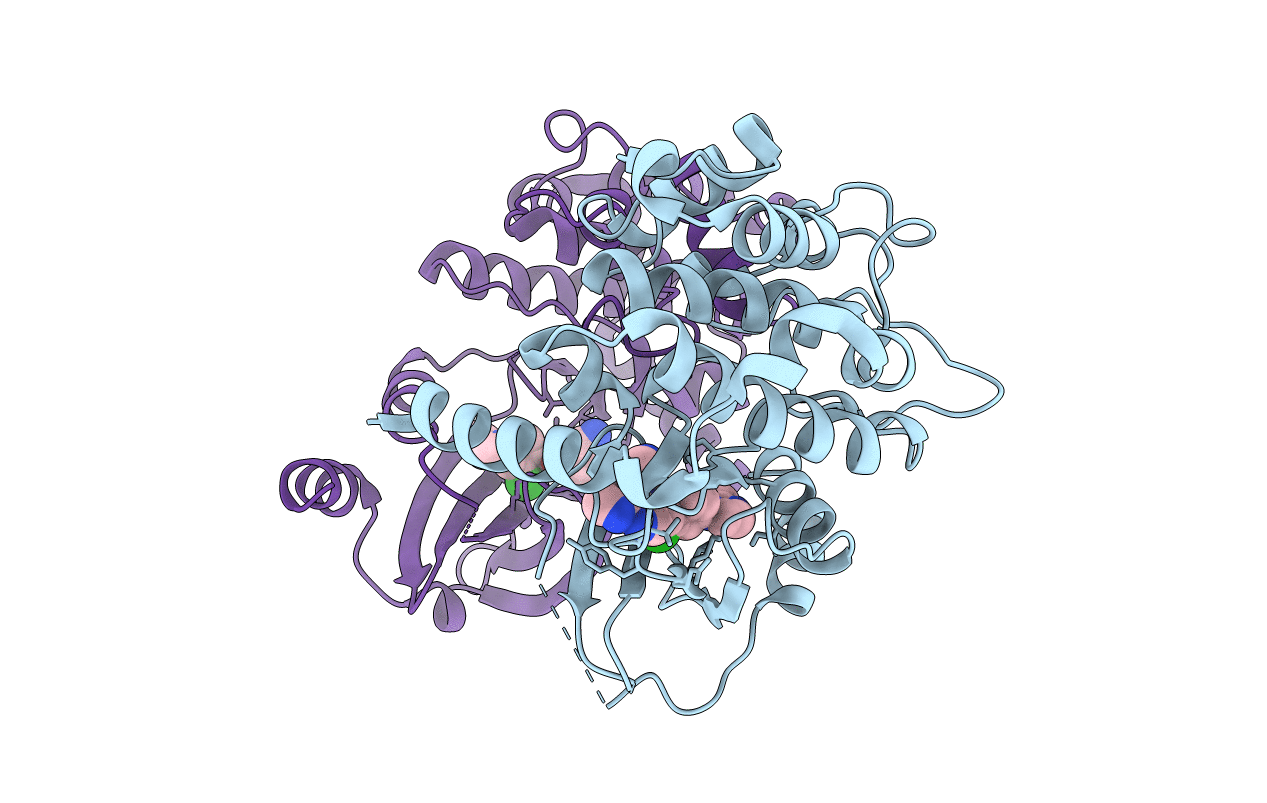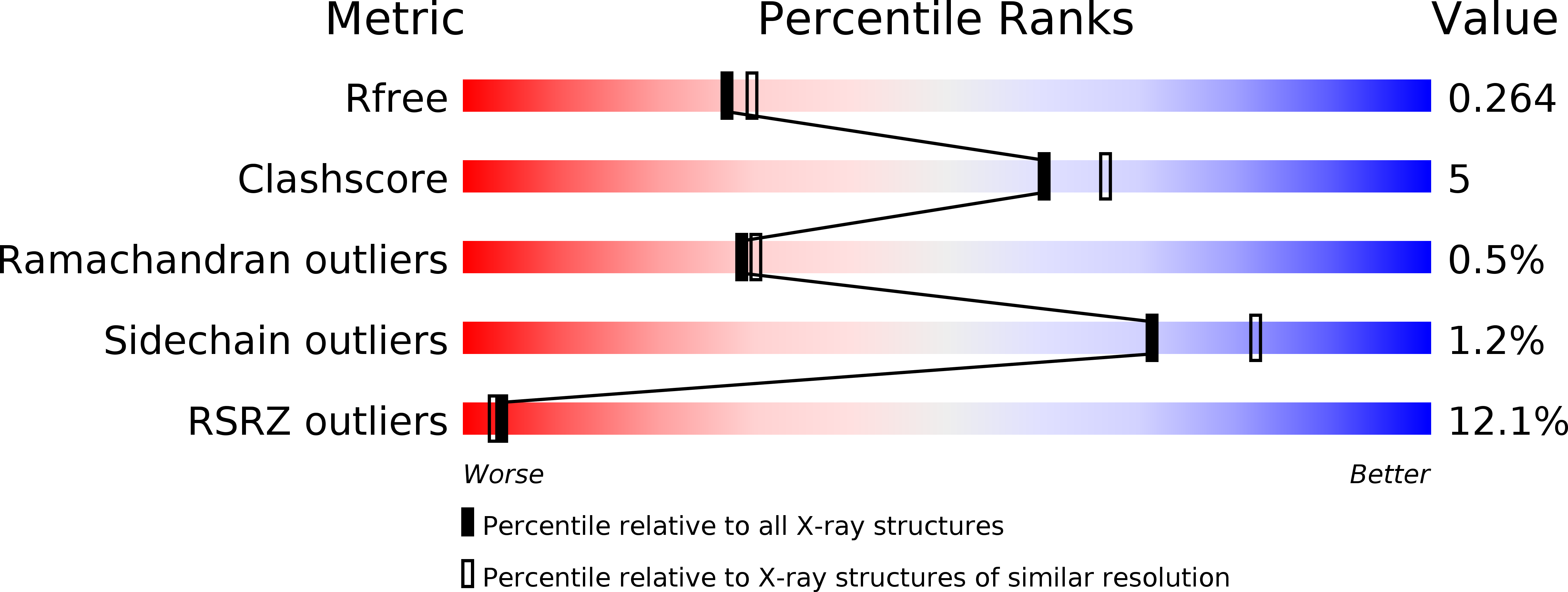
Deposition Date
2016-03-06
Release Date
2016-05-25
Last Version Date
2023-09-27
Entry Detail
PDB ID:
5IME
Keywords:
Title:
Crystal structure of P21-activated kinase 1 (PAK1) in complex with compound 9
Biological Source:
Source Organism:
Homo sapiens (Taxon ID: 9606)
Host Organism:
Method Details:
Experimental Method:
Resolution:
2.22 Å
R-Value Free:
0.26
R-Value Work:
0.22
R-Value Observed:
0.22
Space Group:
P 1 21 1


